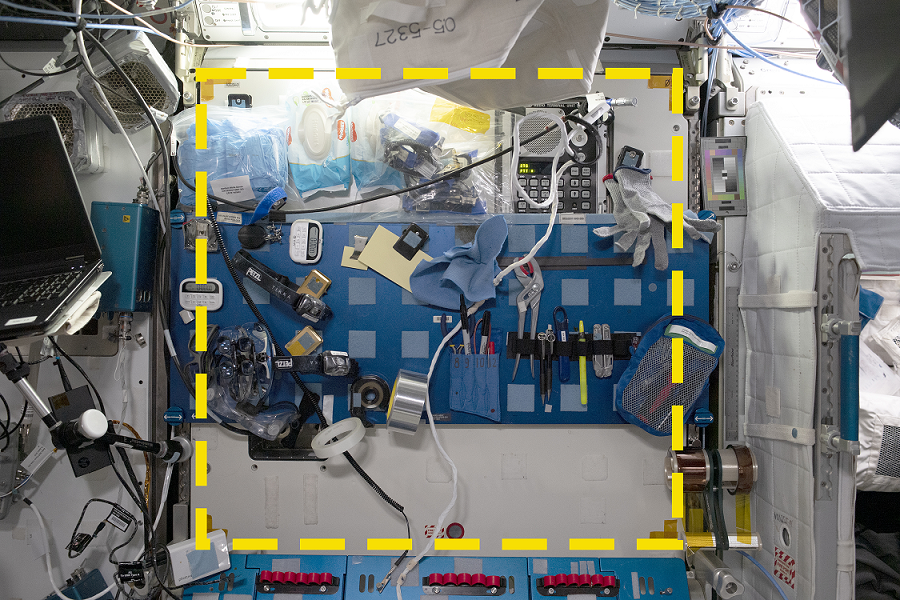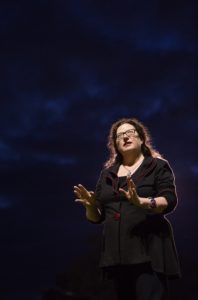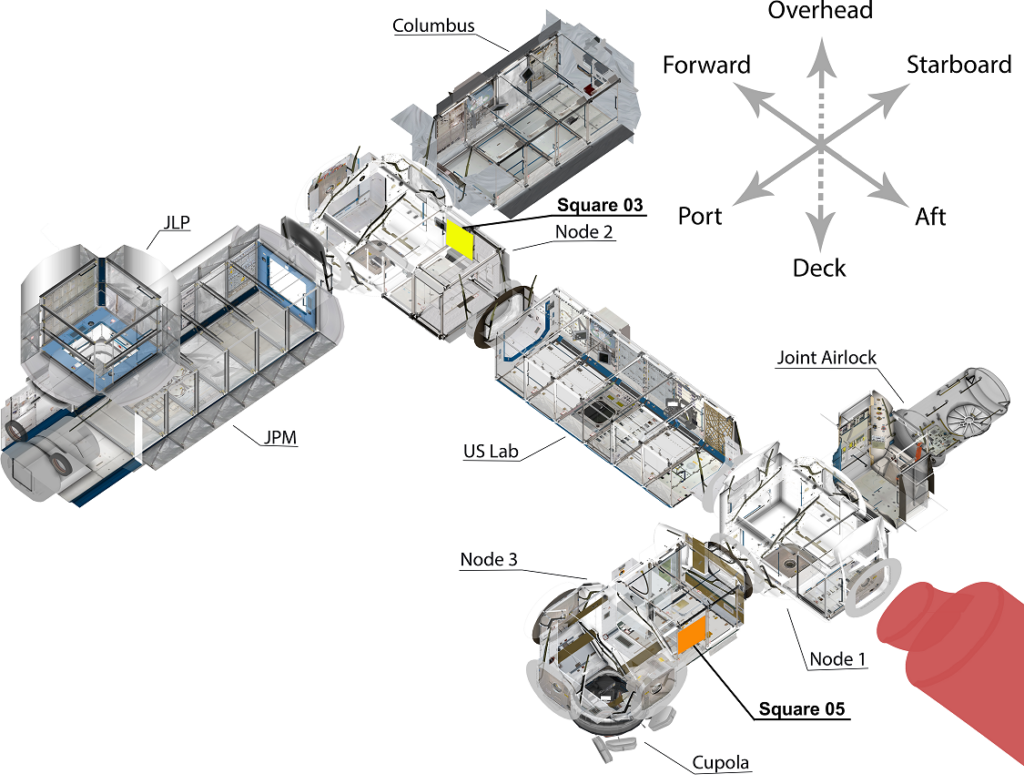
A first of its kind archaeological strategy adapted for space has revealed how astronauts actually use areas aboard the International Space Station - and how this differs from intended uses.
Published in the journal PLOS One, the findings provide glimpses into how astronauts adapt to life and conduct research without gravity and how they use their space for work and leisure while in orbit, and more.

Led by archaeologists Associate Professor Alice Gorman from Flinders University and Professor Justin Walsh of Chapman University in California, the International Space Station Archaeological Project (ISSAP) adapted the traditional archaeological test pit for a space setting, launching the project onto the ISS in 2022.
"Our results provide a unique look into how astronauts actually use their surroundings and could be very helpful in the design of future space stations," says Associate Professor Gorman, a space archaeologist in Flinders' College of Humanities, Arts and Social Sciences.
While Earth-bound archaeologists dig one-metre squares to understand a site and strategise further study, the ISSAP team had the astronauts use adhesive tape to define one-metre areas of the International Space Station and document them with daily photographs to study how the spaces were used over 60 days.
The squares were placed in a handful of work and leisure locations on the space station, including a US galley table, workstations, experimental EXPRESS racks and on the wall across from the latrine.
"One of our main findings was that areas designated for certain tasks wouldn't actually end up being used for their intended purpose, such as the equipment maintenance area actually being used for storage," says Associate Professor Gorman.
"Storage was quite a common purpose, with another area near the exercise equipment and latrine, while not designated for any particular purpose, being used as storage for toiletries, resealable bags, and a rarely used computer."

The team also found some significant results around how gravity is created and managed on board the ISS.
"In one square that we studied, almost half of all the objects moved in and out were gravity surrogates - things such as Velcro, bungee cords, clips, carabiners and resealable plastic bags, that keep objects in place instead of everything floating around.
"In another square this was 30 percent of all the items moved in and out, so if we extrapolate that out across the whole station it shows just how much these objects are used."

Overall, the team found 5,438 instances of "artifacts" being used for varied purposes, such as writing tools, Post-It notes, and an augmented reality headset.
The authors say the findings demonstrate how traditional archaeological techniques can be adapted to study remote or extreme habitats and gives a unique insight into how astronauts adapt to space, in a way that may not be captured by interviews with the crew.
"By discovering that the ISS crew uses different areas of the station in ways that diverge from designs and mission plans, planners of future space stations can learn valuable lessons from these findings," says Associate Professor Gorman.
The paper - 'Archaeology in space: The Sampling Quadrangle Assemblages Research Experiment (SQuARE) on the International Space Station. Report 1: Squares 03 and 05' by Justin St. P. Walsh, Shawn Graham, Alice C. Gorman, Chantal Brousseau and Salma Abdullah - will be published in the journal PLOS One. DOI: 10.1371/journal.pone.0304229






